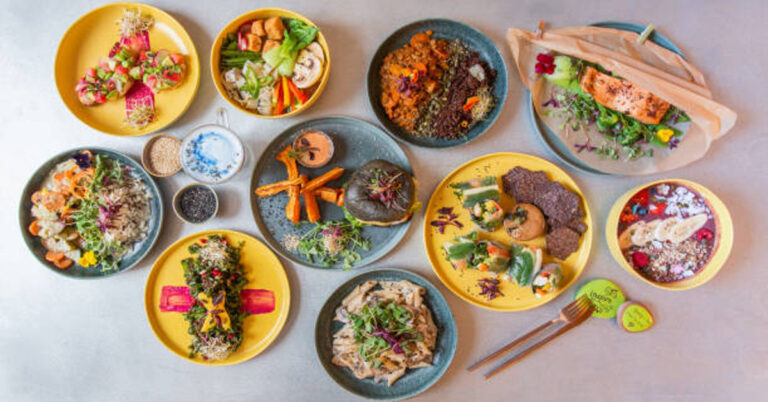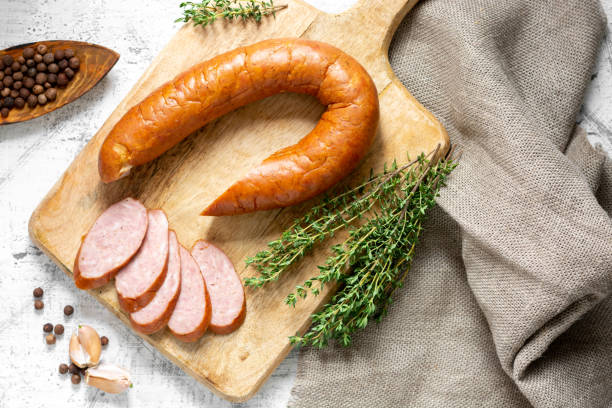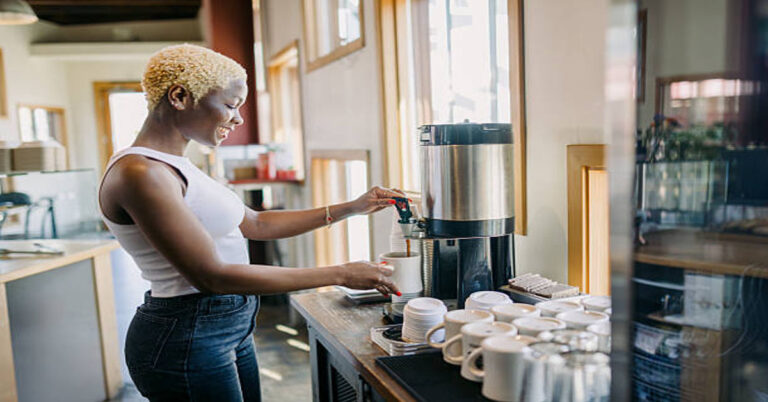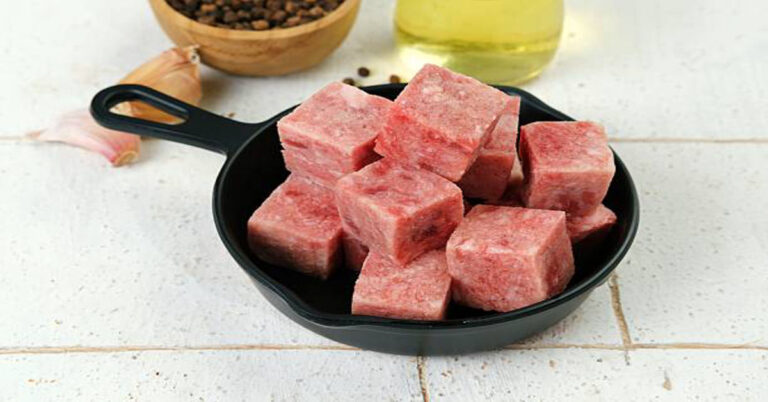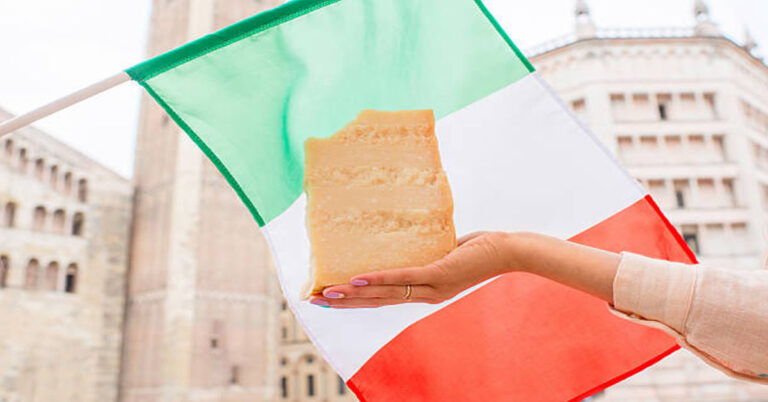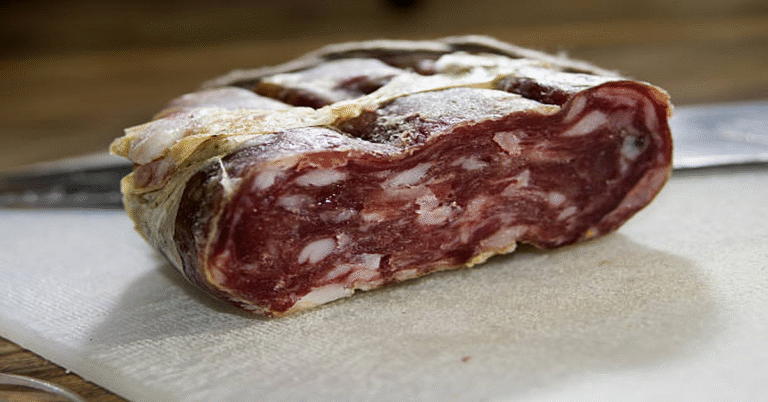The Munich Mule: A Sophisticated Twist on a Classic Cocktail
In the vast and colorful world of cocktails, innovation never stops. Bartenders, mixologists, and enthusiasts around the globe continually find ways to reinvent classics, giving them a fresh identity while maintaining their original charm. One such creative reinvention is the Munich Mulea drink that beautifully marries the crisp sharpness of the traditional Moscow Mule with the earthy, malt-forward notes of German beer. This refreshing beverage has become a symbol of modern mixology that values both tradition and creativity. Whether you’re an avid cocktail lover or a curious beginner, the Munich Mule offers an unforgettable drinking experience that embodies balance, flavor, and flair.
Origins of the Munich Mule: A Blend of Cultures
The story of the Munich Mule begins with the Moscow Mule, the iconic cocktail that took America by storm in the 1940s. Made with vodka, ginger beer, and lime juice, it became famous for its refreshing zest and its signature copper mug. Fast forward several decades, and Germany’s vibrant beer culture inspired bartenders to experiment by substituting vodka with a local favorite beer, particularly lager or pilsner. The result was a drink that not only preserved the fizzy ginger and citrus balance but also added layers of malty sweetness and hoppy aroma.
Munich, known worldwide for its beer heritage and the legendary Oktoberfest, naturally became the birthplace of this modern twist. The city’s brewing traditions perfectly complemented the light, zesty notes of a Mule cocktail, leading to a creation that blended the best of both worlds beer and mixology. Hence, the Munich Mule was born, named in honor of the city that epitomizes beer excellence.
What Makes the Munich Mule Unique
The Munich Mule stands out for its harmony of flavors. It’s lighter than most cocktails yet more flavorful than a standard beer. The key lies in its combination of ingredients and balance of textures the gentle fizz from ginger beer, the tang of lime, and the smooth body of a chilled lager. Unlike traditional vodka-based cocktails, the Munich Mule has an approachable alcohol level, making it ideal for casual gatherings, summer parties, or even a cozy evening drink. The uniqueness also lies in its versatility. You can tailor the flavor by choosing different beer types pilsners for a crisp finish, wheat beers for softness, or IPAs for a bitter edge. It’s not just a drink; it’s an experience shaped by individual preference.
Ingredients and Basic Recipe
Crafting the perfect Munich Mule requires only a few ingredients, but precision matters. Here’s a look at what goes into this refreshing drink:
- Beer (Lager or Pilsner): 6 oz (chilled)
- Ginger Beer: 3 oz
- Fresh Lime Juice: 0.75 oz (or to taste)
- Ice Cubes: As needed
- Lime Wedge or Slice: For garnish
- Optional: A few mint leaves or a dash of simple syrup for added sweetness
Instructions:
- Fill a copper mug or a tall glass with ice cubes.
- Pour in the fresh lime juice.
- Add the ginger beer.
- Slowly top up with chilled lager or pilsner.
- Stir gently to mix, preserving the carbonation.
- Garnish with a lime wedge and, optionally, mint for aroma.
The Role of Beer in the Munich Mule
Beer is more than a substitute in this cocktail; it is the defining component that transforms the experience. Choosing the right beer determines the personality of your Munich Mule. A Munich Helles adds smooth maltiness with subtle sweetness, while a Pilsner introduces a crisp, dry character. For those who enjoy deeper flavors, a Weissbier (wheat beer) contributes a creamy texture and hints of banana or clove, giving the Mule a surprisingly elegant touch. The carbonation of beer works beautifully with ginger beer’s spiciness, creating effervescence that excites the palate. Moreover, beer’s malt backbone enhances the earthy undertones of ginger while softening the sharpness of lime juice. It’s a delicate equilibrium refreshing, flavorful, and aromatic in every sip.
Munich Mule vs. Moscow Mule vs. Beer Mule
| Feature | Munich Mule | Moscow Mule | Beer Mule (General) |
| Base Alcohol | Beer (Lager or Pilsner) | Vodka | Beer (varies) |
| Mixer | Ginger Beer | Ginger Beer | Ginger Beer |
| Citrus Element | Fresh Lime Juice | Fresh Lime Juice | Fresh Lime Juice |
| Taste Profile | Malty, spicy, citrusy | Clean, sharp, zesty | Depends on beer type |
| Alcohol Strength | Moderate (3–5%) | Higher (10–12%) | Moderate |
| Texture | Smooth and bubbly | Crisp and biting | Varied |
| Origin | Munich, Germany | USA (1940s) | Various |
| Glass Type | Copper Mug or Tall Glass | Copper Mug | Any glass |
| Ideal Occasion | Casual gatherings, summer parties | Nightlife, bars | Beer festivals, BBQs |
Crafting Variations: From Classic to Creative
While the standard Munich Mule is already a masterpiece, experimentation adds excitement. Mixologists and enthusiasts have developed multiple versions, each reflecting regional preferences or personal creativity.
1. Munich Mule Radler Style
This variation lightens the drink further by using a beer-lemonade mix (Radler). It’s sweet, bubbly, and perfect for hot afternoons.
2. Spiced Munich Mule
Adding a touch of cinnamon or clove syrup turns it into a warm, aromatic cocktail suitable for autumn or winter.
3. Tropical Munich Mule
Replace lime juice with pineapple or passion fruit juice for a fruity twist that pairs wonderfully with wheat beer.
4. Munich Mule Mocktail
Skip the alcohol by combining non-alcoholic beer, ginger beer, and lime. The result is a refreshing, family-friendly version that retains the essence of the original.
The Science Behind the Perfect Balance
Mixology is not just art; it’s also chemistry. The Munich Mule succeeds because its components work together scientifically. The acidic lime juice interacts with the carbonation in ginger beer and lager, enhancing aroma release and taste perception. The spice compounds in ginger (like gingerol) stimulate the taste buds, while beer’s malt sugars and hop bitterness balance the sharpness. This creates a multisensory experience cold fizz, warm spice, and tangy citrus harmonizing perfectly. Temperature plays an important role too. The drink must be chilled but not icy—around 4°C to 6°C—to preserve carbonation and flavor integrity. Serving it too cold can mute aromas, while too warm can flatten the fizz.
Why the Copper Mug Matters
Like its Moscow cousin, the Munich Mule often appears in a copper mug, and this isn’t just for aesthetics. Copper quickly absorbs the drink’s chill, creating a frosty exterior that enhances the sensory pleasure of each sip. It also slightly interacts with the acidic lime, intensifying the tang and aroma. However, if copper mugs aren’t available, a highball glass or beer stein also works well, especially if pre-chilled.
The Munich Mule and German Culture
The Munich Mule reflects more than mixology it represents cultural harmony. Germany’s identity is deeply tied to beer, and integrating it into a global cocktail demonstrates how traditions can evolve without losing their roots. It’s a drink that celebrates both heritage and modernity just as Munich itself combines historical charm with contemporary innovation. During Oktoberfest, you might spot creative versions of the Munich Mule served in beer tents or trendy bars. It symbolizes the adventurous side of German drink culture, where old meets new and creativity flows as freely as beer.
Pairing Food with the Munich Mule
A great drink deserves great company and that includes food. The Munich Mule’s light body and zesty profile make it versatile for pairing. It cuts through rich, salty dishes and complements grilled, spicy, or tangy foods perfectly. Here are some top pairings:
- German Pretzels with Mustard: The saltiness enhances the lime and ginger flavors.
- Grilled Sausages (Bratwurst): The beer element naturally complements the smoky notes.
- Fish Tacos: The citrusy zing brightens seafood dishes.
- Cheese Platters: Works beautifully with soft or semi-hard cheeses like Brie or Gouda.
- Fried Chicken or Schnitzel: Adds contrast to crispy, savory meals.
Health and Nutritional Aspects
While cocktails are meant for enjoyment, understanding their composition helps make conscious choices. The Munich Mule typically contains less alcohol than most mixed drinks, making it a lighter option.
| Nutritional Element | Average per Serving (8 oz) |
| Calories | 150–180 kcal |
| Carbohydrates | 14–18 g |
| Alcohol by Volume (ABV) | 3–5% |
| Sugars | 10–12 g |
| Fat | 0 g |
| Protein | <1 g |
Serving Tips and Presentation Ideas
Presentation can elevate the drinking experience. Here are a few ways to make your Munich Mule look and taste irresistible:
- Glassware: Use frosted copper mugs for tradition or tall transparent glasses to showcase the golden hue.
- Garnishes: Add fresh mint, lime wheels, or even thin ginger slices.
- Ice Shape: Large cubes melt slower, preserving carbonation.
- Rim Decoration: Coat the rim with a mix of salt and lime zest for a subtle flavor boost.
- Batch Preparation: Ideal for parties mix large quantities in a pitcher but add beer only when serving to maintain fizz.
The Modern Appeal of the Munich Mule
In today’s cocktail scene, where people seek innovation and lighter drinking experiences, the Munich Mule has found a strong following. Its approachable alcohol content appeals to those who prefer moderate beverages, while its complexity keeps it interesting for connoisseurs. The balance of beer and ginger makes it suitable for any season refreshing in summer, comforting in winter. Social media has also played a part in its popularity. The drink’s striking presentation and cultural backstory make it a favorite among influencers and mixology enthusiasts. It represents European sophistication with a casual charm, bridging generations of drinkers.
Final Thoughts
The Munich Mule is more than a cocktail it’s a symbol of cultural fusion and creative evolution. It embodies the spirit of Munich’s brewing tradition while paying homage to the global legacy of the Mule family. Every sip tells a story: one of craftsmanship, balance, and appreciation for both old and new. Whether you’re hosting a backyard party, enjoying Oktoberfest vibes, or simply unwinding after work, the Munich Mule offers a versatile, vibrant choice that fits every mood.
Its beauty lies in simplicity no extravagant ingredients, just a well-thought balance of flavors that dance together harmoniously. As the world of mixology continues to evolve, the Munich Mule stands as proof that sometimes, the best innovations come not from replacing tradition, but by reimagining it through a new lens.


